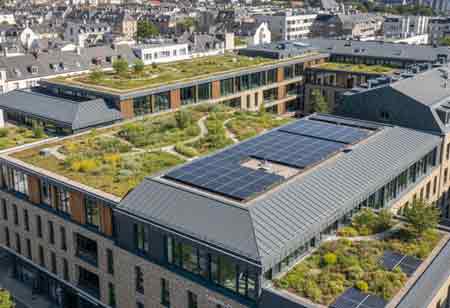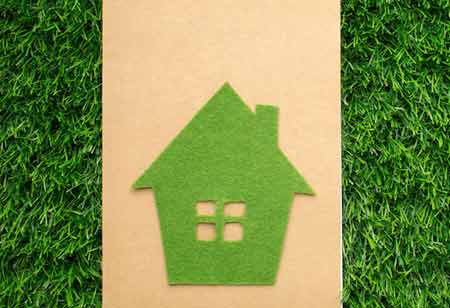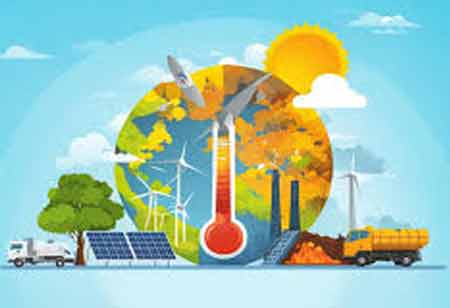Thank you for Subscribing to Construction Business Review Weekly Brief
Specials
- Apartment and Condominium Contractors Canada
- Decking Canada
- Architectural Glass Europe
- MEP APAC
- Construction Saudi Arabia
- German Apartment and Condominium Contractors
- Construction Law APAC
- Outdoor Construction
- Foundation Construction Canada
- MEP Canada
- Kitchen and Bath
- Cold Storage Construction APAC
- Precast Concrete Europe
- Construction Staffing Europe
- Pre-Construction Services
- Flooring System APAC
- Scaffolding Canada
- Swimming Pool Construction Canada
- Construction Management Canada
- Cold Storage Construction Canada
- Flooring Systems Europe
- Residential Construction
- Concrete Canada
- Construction Cladding Europe
- Construction Cladding APAC
- Concretes, Aggregates and Construction Materials APAC
- Concretes, Aggregates and Construction Materials Europe
- Commercial Contractors Europe
- Commercial Contractors APAC
- Dummy
- Construction Insulation, Coating and Waterproofing
- Construction Management APAC
- Landscaping Canada
- Construction Coating Europe
- Construction Tech Startups Europe
- Insulation Services Europe
- Mechanical Contractor Canada
- Mould Remediation and Testing Europe
- Swimming Pool Construction APAC
- Building Sealing Solutions Europe
- Construction Engineering Services
- Mechanical Electrical and Plumbing
- Roofing Systems Europe
- Architectural Glass APAC
- Startups APAC
- Construction Forensic and Owners Representative
- Flooring System
- Waterproofing APAC
- Wall Systems
- Safety and Compliance Europe
- Construction Bidding and Auctions
- Modular and Prefab Construction
- Architectural Glass
- Construction MENA
- Construction Demolition and Recycling Europe
- Modular Construction Europe
- Construction Interiors
- Steel Building APAC
- HVAC
- Doors and windows
- Construction Latam
- Building Information Modeling APAC
- Sustainable Construction APAC
- Building Restoration and Maintenance
- Commercial Contractors
- Specialty Construction
- Construction Engineering Canada
- Construction Engineering MENA
- Modular Construction Canada
- Modular Construction APAC
- Roofing and Siding Systems
- Workforce Management and Staffing
- Roofing Systems APAC
- Construction Consulting
- Steel Building Europe
- Construction Demolition and Recycling APAC
- Safety and Compliance APAC
- Concretes, Aggregates and Construction Materials
- Construction Cladding
The Climate-Conscious Evolution of European Roofing
As Europe pushes towards a more sustainable future, the roofing industry is moving from a mere protective layer to a carbon-conscious system that contributes to a building's overall environmental performance.

By
Construction Business Review | Tuesday, September 23, 2025
Stay ahead of the industry with exclusive feature stories on the top companies, expert insights and the latest news delivered straight to your inbox. Subscribe today.
Fremont, CA: In Europe, the roofing industry is shifting toward carbon-conscious practices to meet ambitious climate goals. This change is driven by a focus on the entire lifecycle of a roof, from the carbon emissions associated with manufacturing to the energy savings a roof provides over its lifespan. New materials, detailed metrics, and evolving regulations are fundamentally reshaping the future of building and renovation.
Metrics for Measuring Carbon Impact
To make informed decisions, architects and builders rely on specific metrics to evaluate a roof’s carbon impact. A Life Cycle Assessment (LCA) provides a comprehensive evaluation of a product’s environmental footprint, examining every stage from raw material extraction and manufacturing to transportation, installation, maintenance, and end-of-life disposal. Within this framework, embodied carbon measures the upfront emissions associated with material production, offering critical insight into the immediate environmental cost of a project. Complementing this, operational carbon accounts for the greenhouse gas emissions generated by a building’s daily energy use, including heating, cooling, and lighting. Here, roofing plays a pivotal role—through insulation and heat reflection, a well-designed roof can significantly reduce operational emissions, often offsetting the energy expended in its production over the course of its lifecycle.
Mandates and Regulations in Europe
European Union regulations, supported by national policies, are creating a robust framework to accelerate the transition toward sustainable roofing solutions. The Energy Performance of Buildings Directive (EPBD) serves as a cornerstone of EU building policy, setting ambitious targets to decarbonize the building stock by 2050. It requires new buildings to meet near-zero energy standards, while promoting the renovation of existing structures to enhance energy efficiency. The roof plays a pivotal role as part of the building envelope. Complementing this, cities across Europe are advancing the Urban Green Infrastructure Strategy by incentivizing or mandating the installation of green roofs. These vegetated systems contribute to carbon absorption, mitigate the urban heat island effect, improve stormwater management, and foster urban biodiversity. In parallel, the integration of photovoltaic (PV) systems into roofing is being encouraged or mandated in many countries. From conventional solar panels to innovative solar tiles that seamlessly blend with building design, these technologies transform rooftops into renewable energy generators, further reducing the carbon footprint of the built environment.
Ongoing technological advancements are shaping the future of roofing. Bio-solar green roofs are a prime example, combining the biodiversity benefits of vegetation with the renewable energy generation of solar panels. Advanced insulation materials, such as Vacuum Insulation Panels (VIPs), are providing superior thermal performance in a minimal profile, which is perfect for renovations where structural changes are not feasible. Smart roofing technologies that utilize sensors to monitor a roof's performance and structural health are emerging, enabling proactive maintenance that extends the roof's lifespan and reduces waste.
The journey toward carbon-conscious roofing in Europe is not merely a trend; it's a fundamental transformation driven by climate imperatives and economic opportunities. By embracing innovative materials, rigorous metrics, and forward-thinking mandates, the roofing sector is moving from a passive component of a building to an active contributor to its sustainability. Manufacturers, policymakers, and consumers are collaborating to create a future where roofs contribute to climate change mitigation, enhance urban environments, and foster a more resilient, circular economy.





